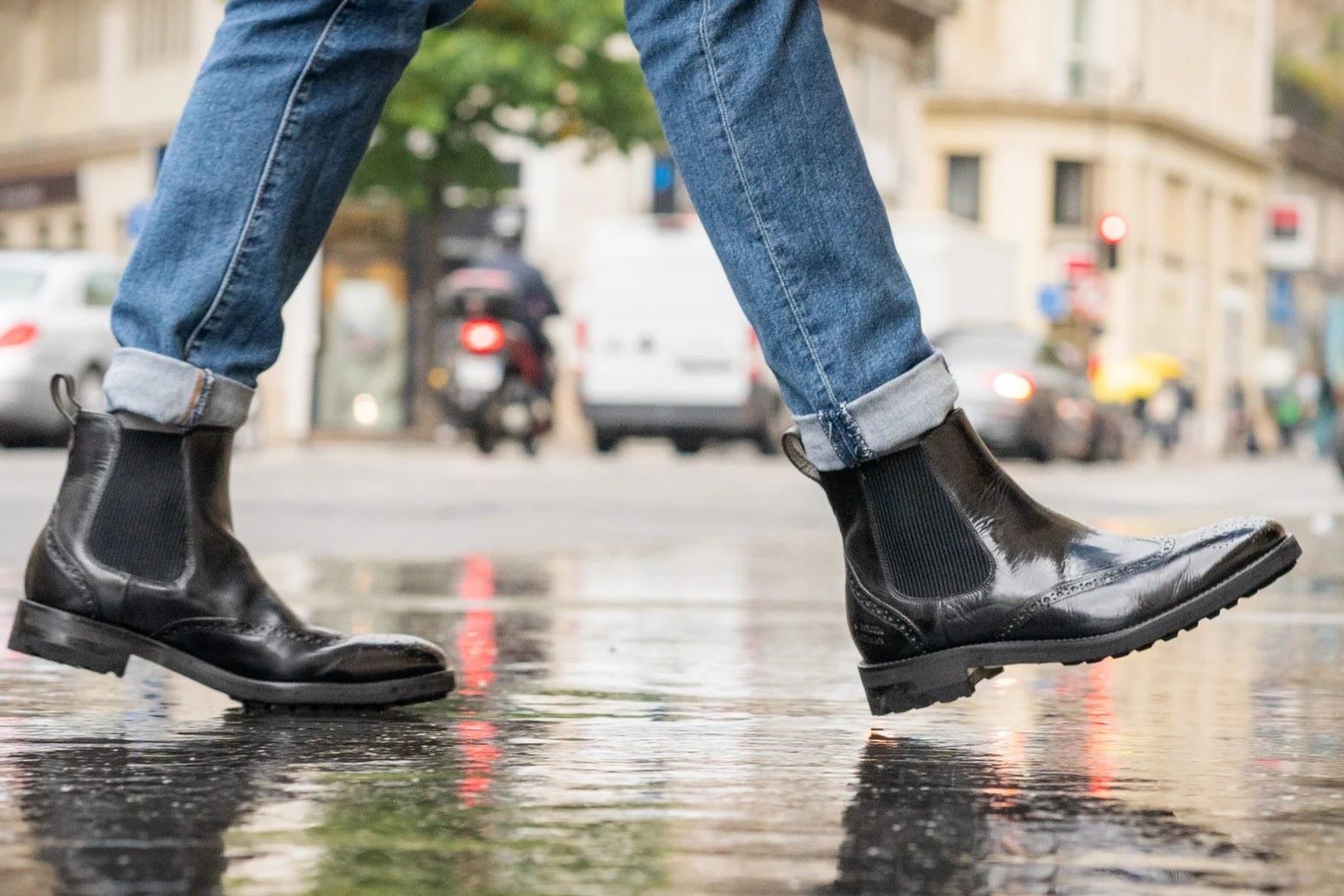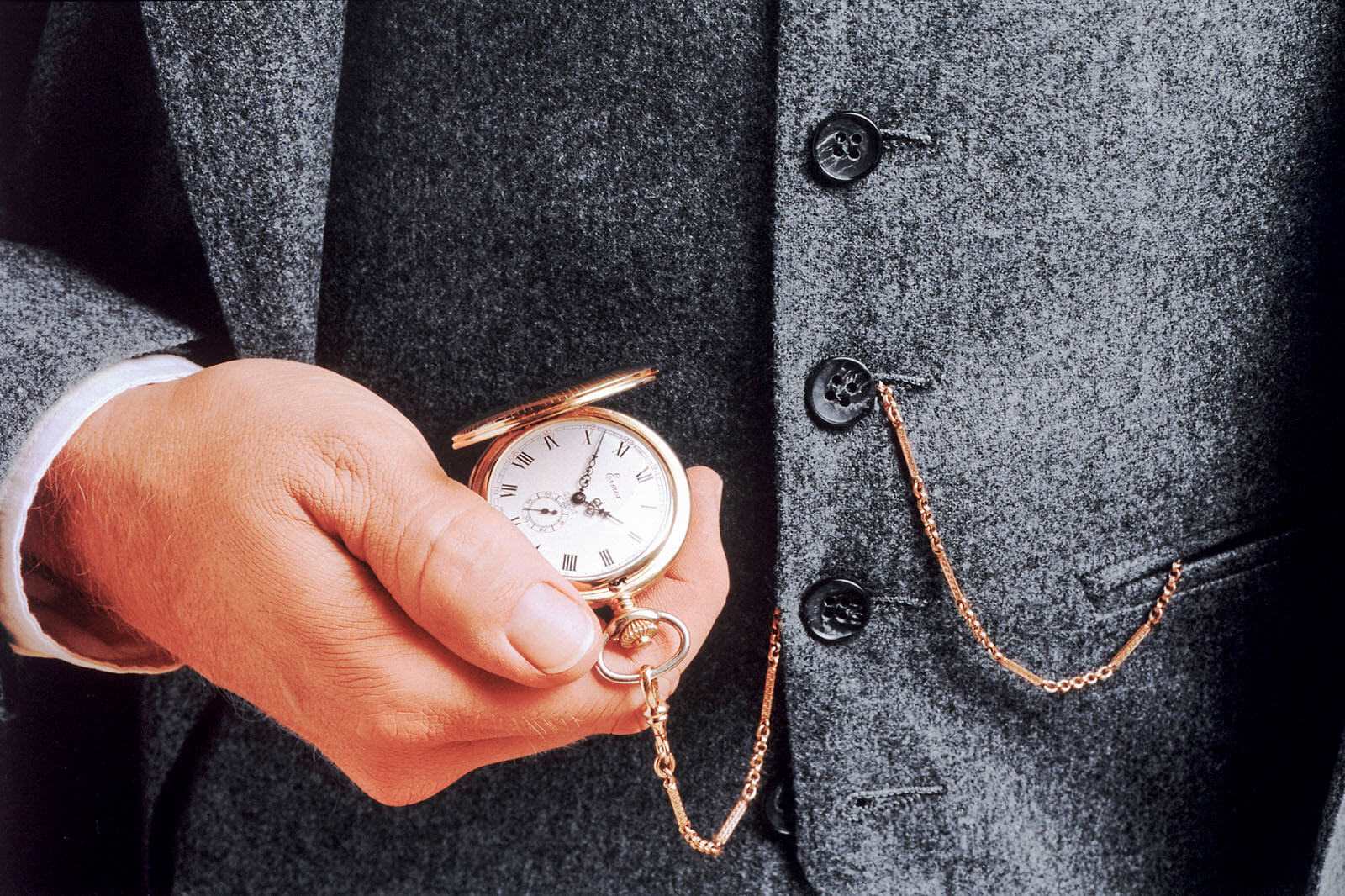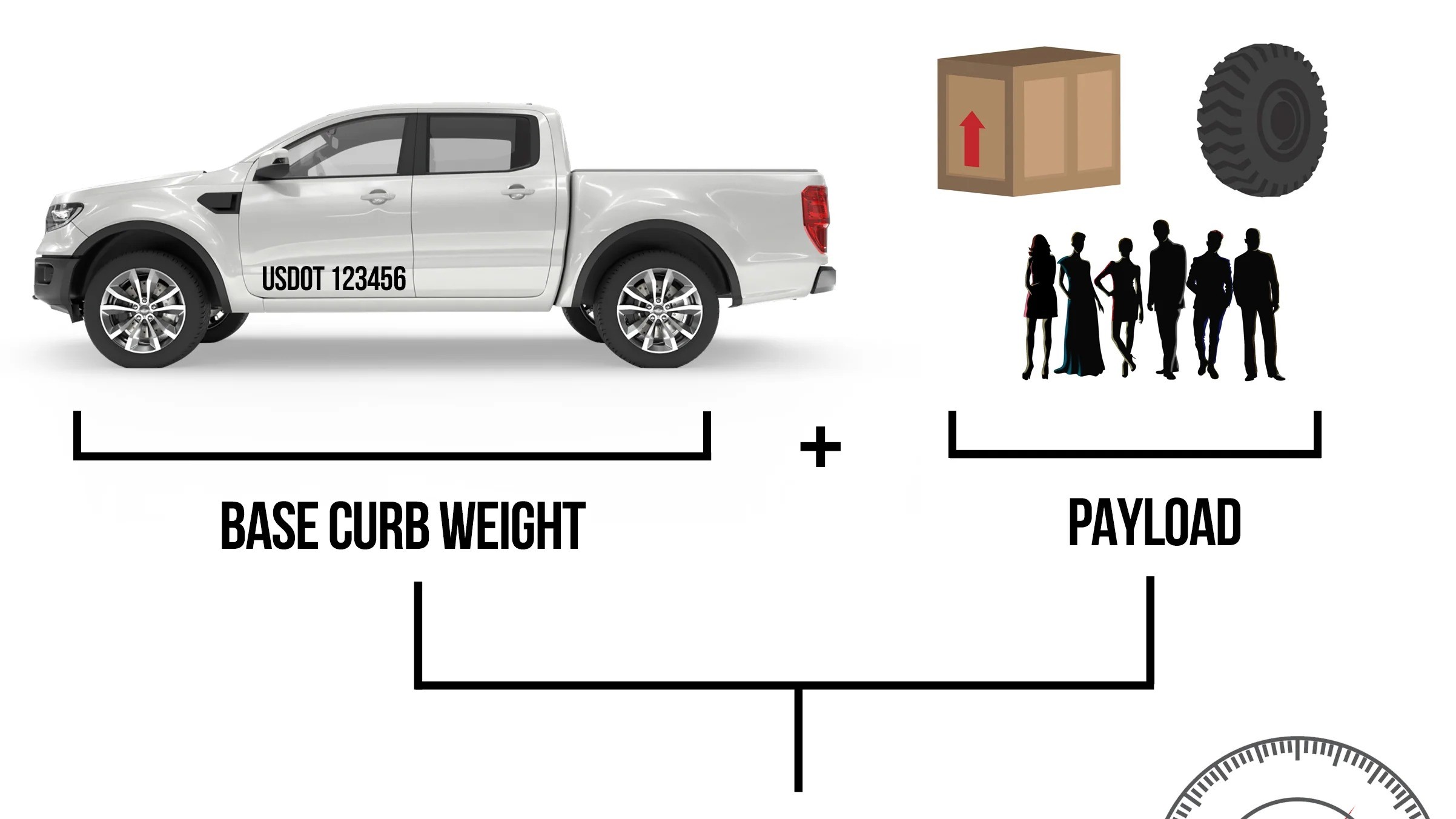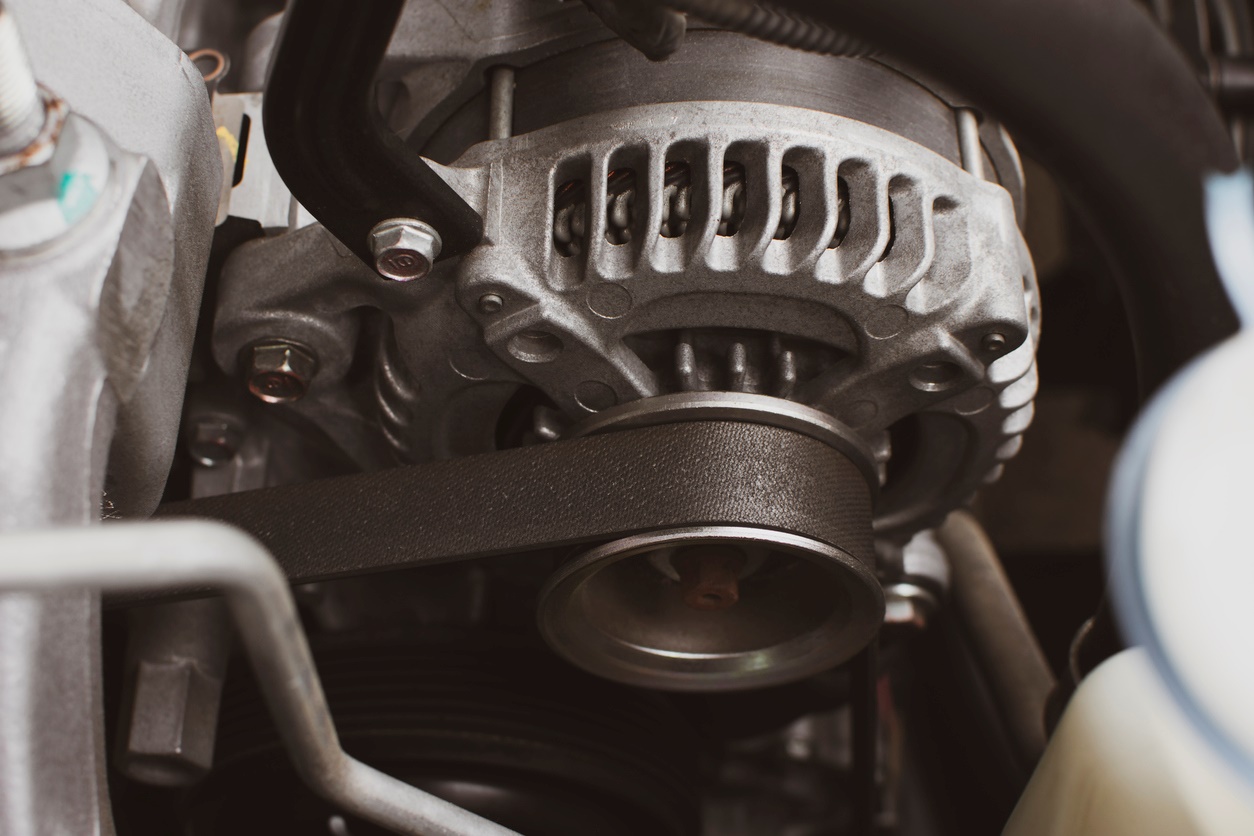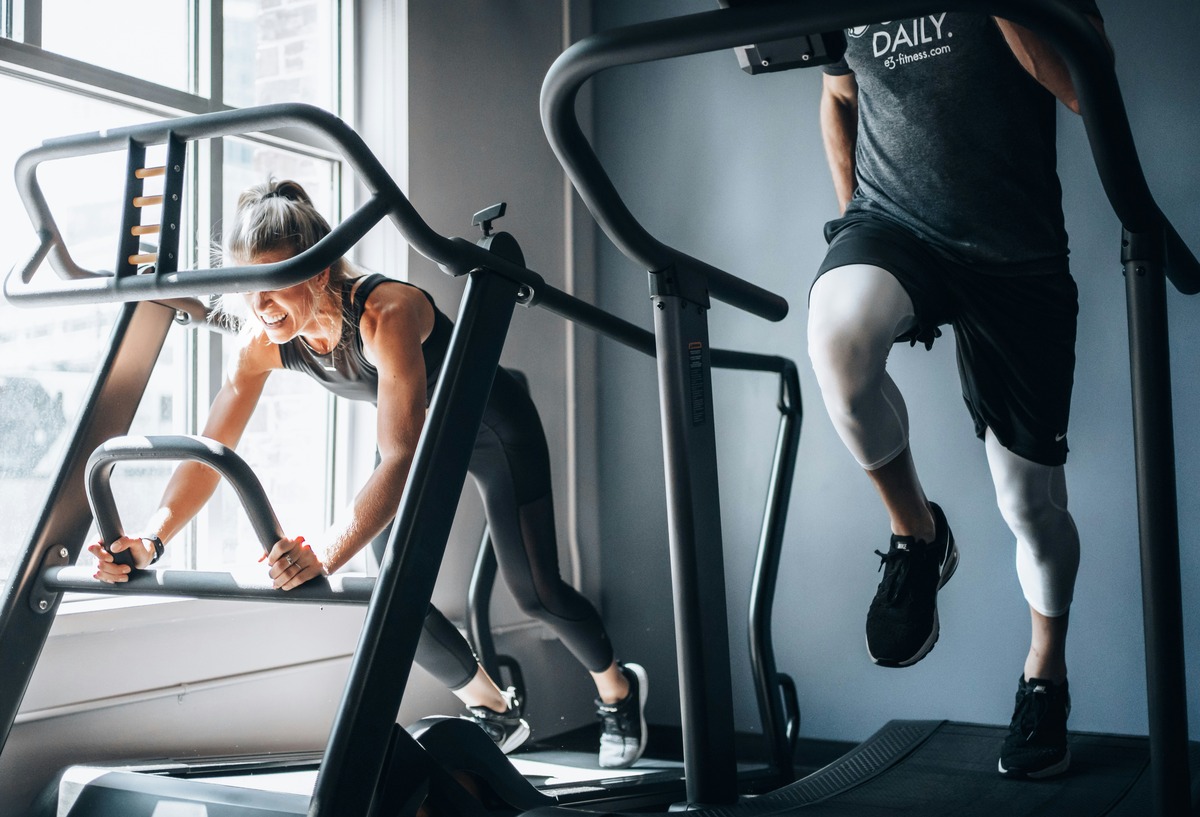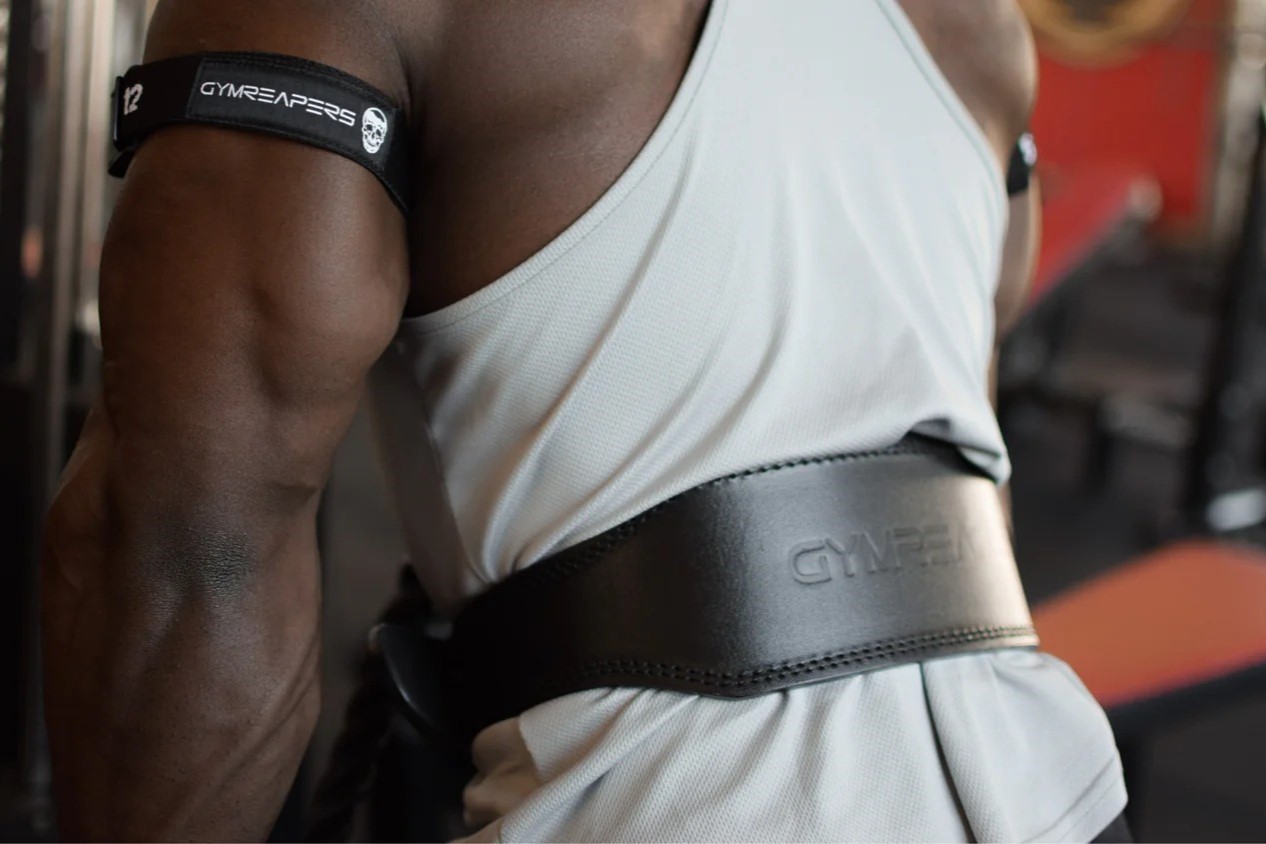

Lifestyle
How To Wear A Weight Belt
Published: March 1, 2024
Learn the benefits of wearing a weight belt in your lifestyle and how to use it effectively for your workouts. Discover the dos and don'ts of incorporating a weight belt into your fitness routine.
(Many of the links in this article redirect to a specific reviewed product. Your purchase of these products through affiliate links helps to generate commission for Noodls.com, at no extra cost. Learn more)
Table of Contents
Introduction
Wearing a weight belt during workouts has been a topic of debate among fitness enthusiasts for quite some time. Some swear by its ability to provide support and stability during heavy lifting, while others question its necessity and potential drawbacks. Whether you're a seasoned weightlifter or just starting out, understanding the ins and outs of using a weight belt can significantly impact your training routine.
In this comprehensive guide, we will delve into the benefits of wearing a weight belt, how to choose the right one for your needs, and the proper way to wear it to maximize its effectiveness. Additionally, we'll explore essential tips for using a weight belt safely to prevent potential injuries and ensure that you derive the most from your workouts.
By the end of this article, you will have a clear understanding of the role a weight belt can play in your fitness journey and how to integrate it seamlessly into your training regimen. So, let's embark on this insightful exploration of the world of weight belts and discover how they can elevate your workout experience.
Read more: How To Tie Belt On Dress
Benefits of Wearing a Weight Belt
Wearing a weight belt offers a range of benefits that can enhance your performance and safety during weightlifting and other strenuous activities. Here are some key advantages of incorporating a weight belt into your workout routine:
-
Core Stability: One of the primary benefits of wearing a weight belt is its ability to enhance core stability. When lifting heavy weights, the abdominal muscles and lower back are subjected to significant stress. A weight belt provides external support to these areas, helping to stabilize the spine and reduce the risk of injury. By maintaining proper spinal alignment, the belt enables you to lift heavier loads with improved form and reduced strain on the lower back.
-
Increased Intra-Abdominal Pressure: Wearing a weight belt can lead to an increase in intra-abdominal pressure, which plays a crucial role in supporting the spine during heavy lifting. This rise in pressure helps to reinforce the core muscles, providing a solid foundation for lifting movements. As a result, you may experience improved strength and power output, allowing you to push your limits while minimizing the risk of injury.
-
Mind-Body Connection: A weight belt can serve as a tactile cue for engaging the core muscles effectively. By providing a sensation of pressure around the waist, the belt prompts you to brace your core, promoting a stronger mind-body connection during lifts. This heightened awareness can lead to improved technique and form, ultimately contributing to more efficient and safer workouts.
-
Reduced Risk of Injury: When used correctly, a weight belt can help reduce the risk of certain injuries, particularly those related to the lower back. By providing external support to the core and spine, the belt helps to stabilize the torso, preventing excessive flexion and extension during heavy lifting. This can be especially beneficial for individuals with a history of back issues or those who engage in activities that place significant demands on the lower back.
-
Confidence and Mental Focus: Wearing a weight belt can instill a sense of confidence and mental focus during challenging lifts. Knowing that your core is supported can alleviate concerns about potential injuries, allowing you to concentrate on executing the lift with precision and determination. This psychological boost can be invaluable for tackling heavy lifts and pushing past previous limitations.
Incorporating a weight belt into your training regimen can offer a range of benefits, from enhanced stability and injury prevention to improved mental focus and confidence. However, it's essential to understand that the effectiveness of a weight belt hinges on proper selection and usage, which we will explore in the following sections.
Choosing the Right Weight Belt
When it comes to selecting a weight belt, it's crucial to consider various factors to ensure that it meets your specific needs and complements your workout routine. With a wide array of options available in the market, choosing the right weight belt can significantly impact its effectiveness and your overall training experience.
Types of Weight Belts
Weight belts come in different types, each designed to cater to specific training styles and preferences. The two primary types are:
-
Powerlifting Belts: These belts are typically wider in the back and taper towards the front, providing substantial support to the lower back and abdominal region. Powerlifting belts are favored by individuals engaged in heavy compound lifts such as squats, deadlifts, and overhead presses.
-
Olympic Weightlifting Belts: Olympic weightlifting belts are narrower all around and offer more flexibility, allowing for a greater range of motion during dynamic movements. These belts are well-suited for activities like clean and jerk, snatch, and other explosive lifts.
Material and Construction
When choosing a weight belt, pay attention to the material and construction to ensure durability and functionality. Leather and nylon are the most common materials used in weight belts. Leather belts are renowned for their sturdiness and provide excellent support, making them a popular choice among serious lifters. On the other hand, nylon belts offer flexibility and are often preferred for dynamic movements and general fitness training.
Read more: How To Wear Airpods
Width and Thickness
The width and thickness of a weight belt play a crucial role in determining its level of support and comfort. For powerlifting and heavy strength training, a wider and thicker belt is generally recommended to provide optimal support to the lower back and core muscles. Conversely, individuals focusing on dynamic movements may prefer a narrower and more flexible belt to facilitate a full range of motion without compromising support.
Proper Fit
Ensuring a proper fit is paramount when selecting a weight belt. It should fit snugly around the waist without being too tight or restrictive. The belt should allow for abdominal bracing while providing ample support to the lower back. Additionally, consider the adjustability of the belt to accommodate fluctuations in waist size and provide a customized fit for different exercises.
By carefully considering the type, material, construction, width, thickness, and fit of a weight belt, you can make an informed decision that aligns with your training goals and preferences. Choosing the right weight belt sets the foundation for reaping its benefits and maximizing your performance while minimizing the risk of injury.
How to Wear a Weight Belt Properly
Wearing a weight belt properly is essential to harness its full potential and ensure optimal support during heavy lifting. When worn correctly, a weight belt can significantly enhance stability, reduce the risk of injury, and improve overall performance. Here's a step-by-step guide on how to wear a weight belt properly to maximize its effectiveness:
-
Positioning: Begin by positioning the weight belt around your waist, just above the hip bones. The belt should sit snugly against the lower back and abdominal region, covering the area where the core muscles are engaged during lifting movements.
-
Tightness: Adjust the tightness of the belt to achieve a firm yet comfortable fit. It should be tight enough to provide support and stability without restricting your breathing or causing discomfort. The goal is to create a sense of pressure around the midsection, prompting the core muscles to engage while maintaining freedom of movement.
-
Bracing: Before initiating a lift, take a deep breath and brace your core against the belt. This bracing action involves contracting the abdominal and lower back muscles while holding the breath to create intra-abdominal pressure. The pressure generated by the bracing maneuver reinforces the core, providing a solid foundation for lifting heavy weights.
-
Lift Execution: With the weight belt properly positioned and the core braced, proceed with the lifting movement using the appropriate technique. Whether it's a squat, deadlift, or overhead press, the weight belt should serve as a supportive anchor, stabilizing the spine and enhancing overall stability during the lift.
-
Release and Relaxation: After completing the lift, release the breath and relax the core muscles. It's important to allow the core to return to a relaxed state between repetitions to prevent excessive fatigue and maintain proper breathing patterns.
By following these steps, you can ensure that the weight belt is worn properly to harness its benefits effectively. Proper positioning, optimal tightness, mindful bracing, and coordinated lift execution are integral to leveraging the support and stability provided by the weight belt.
Remember, wearing a weight belt is not a substitute for developing core strength and proper lifting technique. It should complement a well-rounded training regimen and be used judiciously, particularly during heavy lifts where additional support and stability are warranted. With the right approach, wearing a weight belt properly can be a valuable tool in your fitness arsenal, empowering you to push your limits while minimizing the risk of injury.
In the next section, we'll delve into essential tips for using a weight belt safely to further enhance your training experience.
Tips for Using a Weight Belt Safely
Using a weight belt can be a valuable addition to your workout routine, but it's essential to prioritize safety and proper usage to reap its full benefits. Here are some crucial tips for using a weight belt safely:
-
Use Sparingly: While a weight belt can provide support during heavy lifts, it's important not to become overly reliant on it. Reserve its use for exercises that truly necessitate additional support, such as heavy squats, deadlifts, and overhead presses. Overusing a weight belt can potentially weaken the core muscles over time, leading to dependency and reduced natural stability.
-
Focus on Core Strength: Incorporate exercises specifically aimed at strengthening the core muscles into your training regimen. Building a strong and stable core is fundamental for overall strength and injury prevention. By prioritizing core strength, you can reduce the reliance on a weight belt and develop natural stability during lifts.
-
Mindful Sizing and Fit: Ensure that the weight belt fits properly and comfortably around your waist. It should be snug enough to provide support without impeding breathing or causing discomfort. Avoid excessively tightening the belt, as this can restrict movement and hinder proper bracing during lifts.
-
Progress Gradually: When incorporating a weight belt into your workouts, start with lighter loads and gradually increase the weight as you become accustomed to wearing the belt. This gradual progression allows your body to adapt to the additional support provided by the belt while minimizing the risk of overexertion or injury.
-
Focus on Technique: While wearing a weight belt, pay close attention to maintaining proper lifting technique. The belt should complement your form and stability, not compensate for poor technique. Emphasize maintaining a neutral spine, engaging the core, and executing lifts with precision and control.
-
Monitor Comfort and Breathing: Pay attention to how the weight belt feels during different movements. It should provide support without causing discomfort or restricting natural breathing patterns. If you experience any discomfort or difficulty breathing while wearing the belt, reassess its fit and tightness to ensure optimal comfort and functionality.
-
Consult a Professional: If you're new to using a weight belt or have specific concerns about its usage, consider seeking guidance from a fitness professional or trainer. They can provide personalized recommendations and ensure that you are using the weight belt in a manner that aligns with your fitness goals and overall well-being.
By adhering to these tips, you can harness the benefits of a weight belt while prioritizing safety and mindful usage. Remember that a weight belt should complement your training efforts and serve as a tool for enhancing stability and support during specific exercises. With a balanced approach, you can integrate a weight belt into your workouts effectively while promoting overall strength and safety.
Read more: How To Put On A Belt Buckle
Conclusion
In conclusion, the decision to incorporate a weight belt into your workout routine should be approached with careful consideration of its benefits, proper usage, and safety measures. When utilized judiciously, a weight belt can offer valuable support, enhance stability, and reduce the risk of injury during heavy lifting exercises. By understanding the role of a weight belt and following best practices for its selection and usage, individuals can maximize its effectiveness while prioritizing safety and overall well-being.
It's important to recognize that a weight belt is not a substitute for developing core strength and proper lifting technique. While it can provide external support to the core and spine, it should complement a comprehensive training regimen that includes exercises aimed at strengthening the core muscles and promoting overall stability. By focusing on core strength, individuals can reduce dependency on a weight belt and cultivate natural stability during lifts, contributing to long-term strength and resilience.
Choosing the right weight belt is a critical aspect of its effectiveness. Factors such as the type, material, construction, width, thickness, and fit play a pivotal role in determining the level of support and comfort it provides. Whether opting for a powerlifting belt for heavy compound lifts or an Olympic weightlifting belt for dynamic movements, individuals should consider their specific training goals and preferences to make an informed decision.
Properly wearing a weight belt involves mindful positioning, optimal tightness, and coordinated bracing to harness its benefits effectively. By following a step-by-step approach to wearing a weight belt, individuals can ensure that it serves as a supportive anchor, stabilizing the spine and enhancing overall stability during lifts. Additionally, incorporating essential tips for using a weight belt safely, such as using it sparingly, focusing on core strength, and monitoring comfort and breathing, can further enhance the overall training experience while prioritizing safety.
In essence, the use of a weight belt should be approached with a balanced perspective, emphasizing the importance of core strength, proper technique, and gradual progression. When integrated thoughtfully into a training regimen, a weight belt can serve as a valuable tool for enhancing stability and support during specific exercises, ultimately contributing to improved performance and reduced risk of injury. By embracing a holistic approach to fitness and incorporating the principles outlined in this guide, individuals can leverage the benefits of a weight belt while promoting long-term strength, resilience, and overall well-being.

